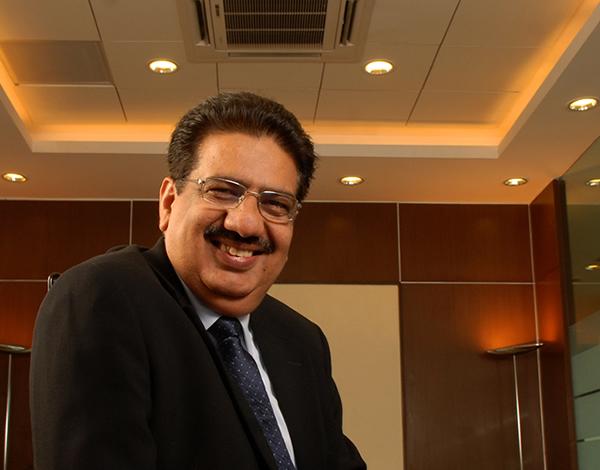The changing world and EFCS

Every day when we wake up, we can be certain that the world as we knew it yesterday will have changed a little. Change is an accepted part of our lives today. Fast and furious change - be it technological, economic, political, or cultural - making yesterday’s world obsolete.
Therefore, it is not incorrect to say that HCL as we knew it is also obsolete. So, just like everything else, EFCS version 1.0 must adapt itself to meet the changing universe that it operates within.
Before I elaborate on the changing dynamics of EFCS version 2.0, it is important to ask what has changed in the environment that surrounds it. I am delighted to say that HCL has witnessed a transformation in the recent past. Leadership no longer has control over the baton of change.
Employee First Councils are increasingly taking the lead and making decisions in each of their focus areas. Our organization has systematically dismantled its authoritarian command and control pyramid and is undergoing a metamorphosis into a star shape. Most importantly, the value zone stands at the epicenter, linked with every other part, which in themselves are connected with the others. Yes, it is beginning to look more and more like Facebook.
So keeping this in mind, let us look at the impact this has had on EFCS. Of course, at its core, EFCS remains the same. That is to stay, it stands firm on its philosophy that employees remain at the heart of a business and the role of senior management is to enthuse, encourage and empower them. Management still stands accountable to employees. And all our systems and processes are still aimed at facilitating transparency, to build a culture of empowerment and trust.
What then is the hallmark of EFCS version 2.0? It is ‘handing over the baton’ to the frontline, our employees in the eye of the storm. The core difference between EFCS 1.0 and EFCS 2.0 can be explained quite simply. What was “management driven, employee embraced” in version 1.0 is now “employee driven, management embraced” in version 2.0.
When EFCS began, the intent was to empower and energize employees. As it takes root, the role of management as initiators of changes has given way to frontline employees as the latter become the key drivers of change. We are seeing such instances of change all around us. The successful implementation of MeMe and MADJam are clear indication of EFCS version 2.0 taking root.
MeMe, an internal social networking site has been driven through by young HCLites against the reluctance of senior colleagues. It is today a powerful brainstorming hub with an active membership of 30,000 of our young guns. In turn, MADJam, which stands for ‘Make a Difference Jamboree’, is a bottom up initiative. It is designed as a celebration of the most creative ideas at HCL. The response it is drawing has taken all non-believers by surprise.
There are many such instances of the changing face of EFCS. But the best part is that EFCS is not a destination, just a continuous journey of evolution and change. There are miles to go as it encounters further changes in the environment.
For instance, I am truly looking forward to seeing how the EFCS juggernaut will respond and change everything along its path, to deal with some of the important issues that we are faced with today. For instance, what innovative solutions will it discover in response to the business imperative today to leverage the wasted talent pool of women in business leadership. How will it mould the organization to ensure true social responsibility in today’s global economy? How will it respond to the need to proactively alleviate the skills imbalance and the resultant talent scarcity?
Do we have all the answers yet? Perhaps not. But the questions need to be asked, deliberated, debated. What else do you think should be addressed under the umbrella of EFCS 2.0? What are the questions that you think are waiting to be explored?

